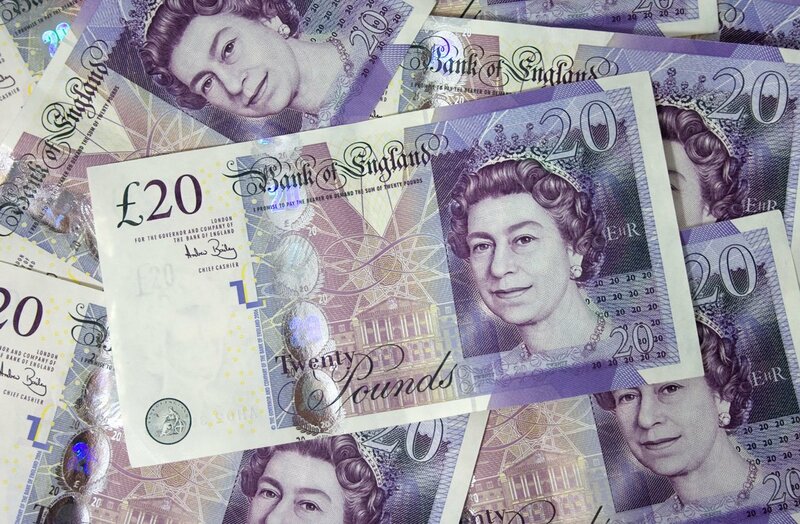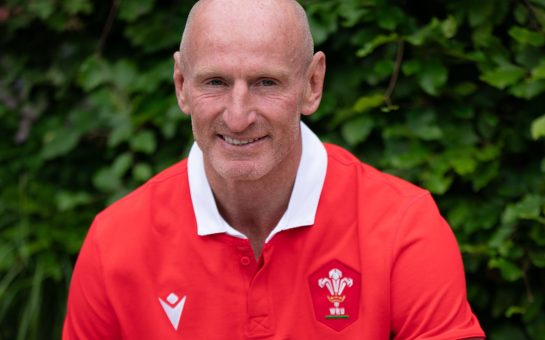The Bank of England (BoE) is expected to increase interest rates by a quarter-point to 5.25 percent on 3 August.
This action is a response to persistent inflation in the United Kingdom, which remains higher than in other key economies.
The markets believe that the U.S. Federal Reserve and the European Central Bank are nearing the conclusion of their rate-tightening cycles, despite the fact that both have raised interest rates by a quarter point.
However, the BoE appears to be on a distinct path.
Investors are closely monitoring the BoE’s actions to determine whether the UK’s inflation problem is rooted or on the verge of a significant deceleration.
The anticipated interest rate hike by the BoE is likely to have a noticeable impact on savers.
Banks and financial institutions usually pass on some of an interest rate hike to their clients, which boosts returns.
This might boost interest rates of cash ISA or savings account products.
The rate rise may benefit savers by increasing returns on cash deposits, but its effects on borrowing costs and consumer spending may complicate the picture for investors.
The decisions of the central bank have led to fluctuating expectations, with apex Bank of England (BoE) interest rates reaching 6.5% on 11 July before declining following a decline in consumer price inflation.
Current investor sentiment is divided between a zenith of 5.75 or 6 percent later this year or early in 2024.
Mortgage costs have reached a 15 year high, their greatest level since 2008 as a result of rising interest rate forecasts, impacting industries such as the housing market.
A recent survey revealed that private-sector expansion has reached its lowest level in six months.
The majority of economists predict that interest rates will raise to 5.25 percent from 5 percent next week, reaching a zenith of 5.75 percent, but the decision is considered to be delicately balanced.
The Monetary Policy Committee (MPC) of the Bank of England is anticipated to send a robust inflation signal, with some economists predicting a rise to 5.5%.
This would be the 14th consecutive increase by the central bank. Governor Andrew Bailey and Deputy Governor Dave Ramsden of the Bank of England have emphasized the need to curtail inflation, which remains “much too high” despite recent decreases.
Inflation of consumer prices fell to 7.9% in June from 8.7% in July, a more significant decline than anticipated.
However, it is still nearly four times the Bank of England’s target of 2% and double the U.S. rate.
In the three months leading up to May, wage growth in the United Kingdom remained at 7.3%, while unemployment unexpectedly rose to a 16-month high of 4%.
Megan Greene replaces Silvana Tenreyro on the Monetary Policy Committee of the Bank of England.
Assuming that inflation will return to pre-pandemic levels would be an error, according to Greene, who is anticipated to be more hawkish.
Alongside the rate decision, the BoE will also revise its growth and inflation forecasts, which are likely to be lower than in May due to higher market rate expectations.
The International Monetary Fund predicts that the British economy will expand by 0.4% this year, the second-slowest rate among the Group of Seven advanced economies.
Focus has shifted from the BoE’s medium-term forecast to the risk of persistent inflation, prompting some to remark that if the BoE believed its forecasts, it would be reducing rates, not increasing them.
The forthcoming rate decision and its impact on the economic landscape of the United Kingdom will be closely monitored by investors and policymakers.




